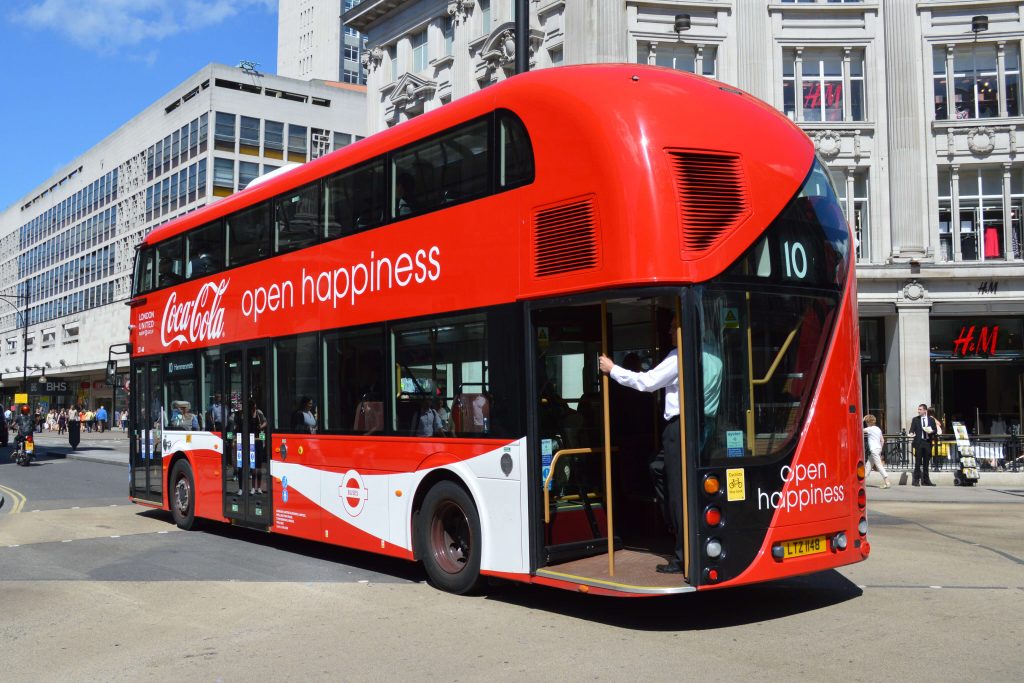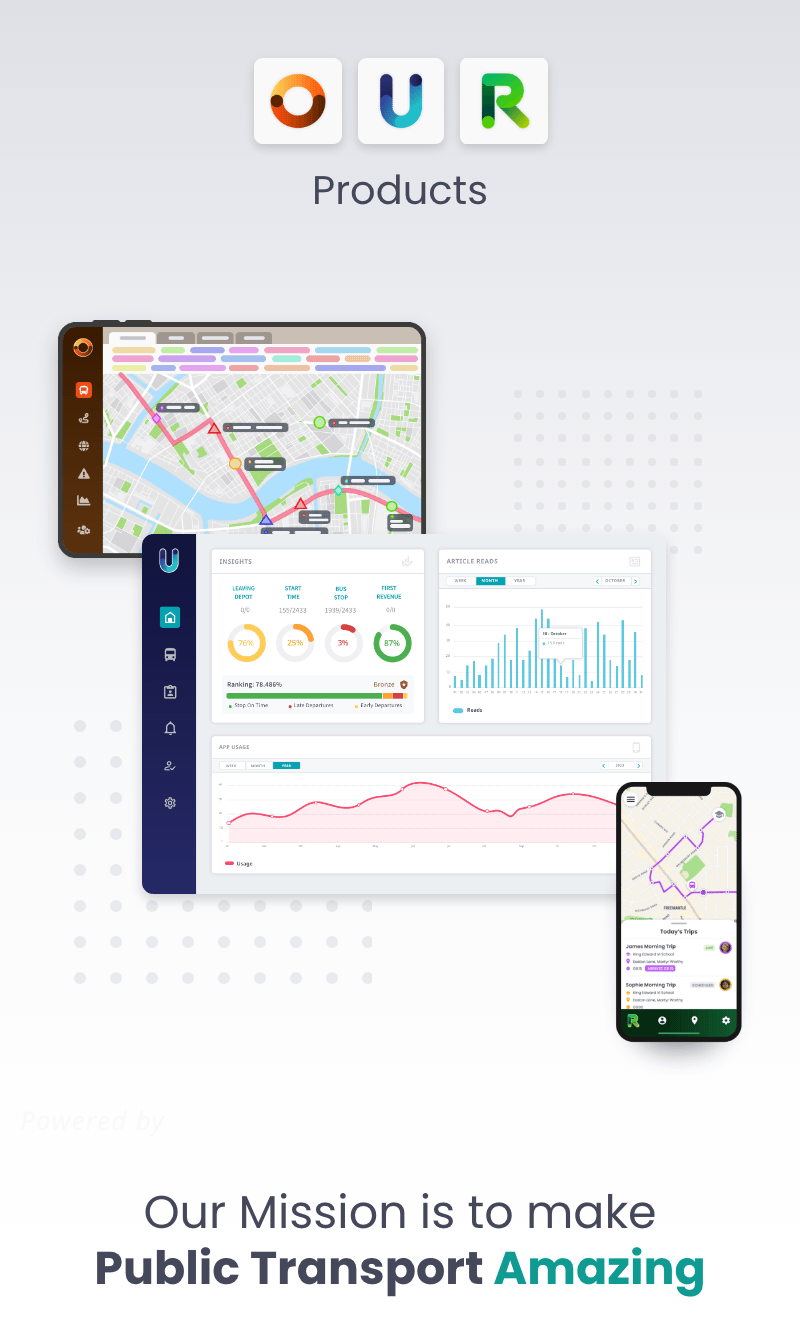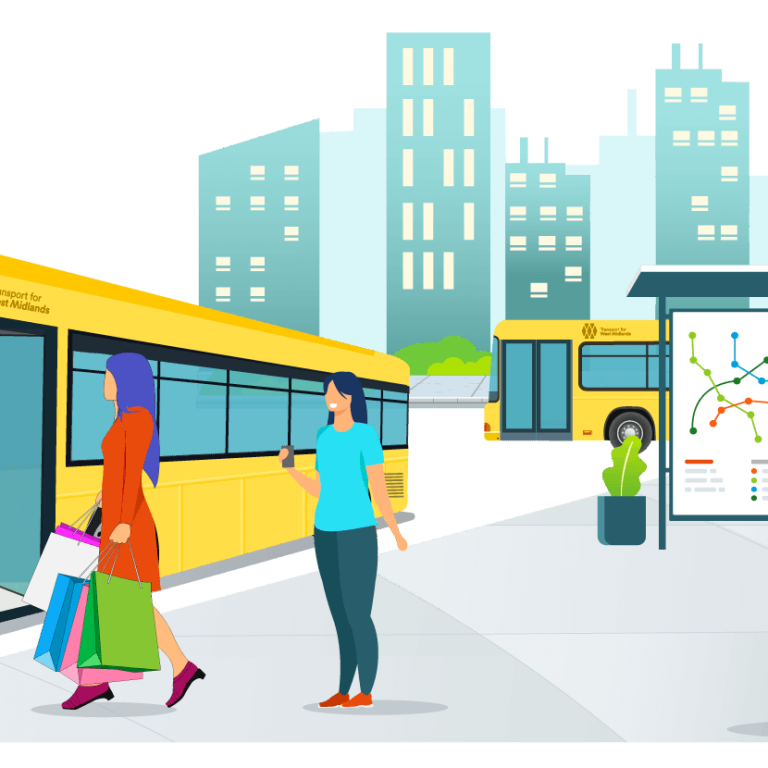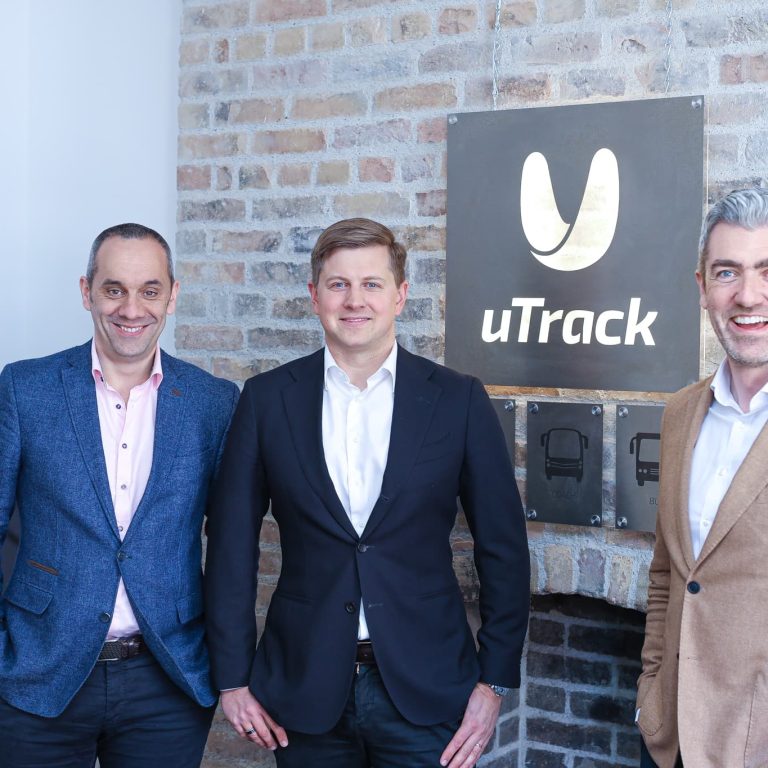This house believes bringing buses into complete public ownership is no silver bullet.
In light of a recently written article in The Guardian, shared by uTrack CEO Eamonn Hughes, I found myself energised in a way I last remember when I was working in an office full of committed transport specialists, each having common objectives but oftentimes slightly differing views on how to achieve them. Maybe my passions were stoked by feelings of missing that social interaction, healthy debate and ultimately camaraderie that comes with being in an office. Maybe it was because as I read the article aloud, I would barely finish a sentence and feistily respond with a comment, also aloud and to myself whilst working remotely from home, sometimes in agreement and other times not so. But I think the overwhelming feeling comes from a place of genuine enthusiasm and commitment to public transport, which is why today, I decided to contribute to the uTrack blog for the very first time.
I consider myself lucky to have such rich work experience in both public and private sector settings, many modes of transport, and across different continents. Moreover, I am blessed to have worked with an array of veteran transport professionals with oceans of knowledge and mountains of wisdom; with the sharpest and best of minds; with data and technology enthusiasts; with mathematicians, modellers, town planners and with a vibrant supply chain. It is with the experience that I fundamentally disagree with the notion that simply bringing bus services into public hands is a silver bullet.
Rather than make this a critical essay that attacks point-by-point what I disagree with, I’d like to debunk several old-fashioned tropes associated with this obsession to bringing public transport, specifically buses, into complete state/authority ownership: many of which can be read in the comments section of the article.
Privately run bus companies do not make enormous profits. The UK’s largest five bus operators are individually part of a larger group of businesses, all multi-national and multi-modal. The individual bus companies in towns, cities and large conurbations very often operate at losses. Being part of a group brings commonality in operational standards and systems, purchasing power benefits and general economies of scale. However, in my opinion, the greatest uncelebrated fact is that where some cities are more profitable for the Group, these slim, but fair profits effectively subsidise the services in loss-making areas. It increases transport utility in the mass.
Profit itself is not a dirty word or concept. Let’s not become disillusioned and partisan with this issue. I think it’s fair game to call for transparency on bus usage, capacity utilisation, reliability, speed, fares, all at different times of the day. Indeed, bus open data tackles a lot of this. I call for more data journalism to shine a brighter light on bus issues that matter to people rather than slogan chanting or flag-waving.
London truly has a world-class transport system. London transport is the envy of the world. This is why TfL offers consultancy to other major world cities and effectively exports its innovative technological superiority. And this is the point that is often glanced over when London’s transport is selectively compared to, for example, Sheffield’s transport. London has an entirely integrated system: one in which all the revenue comes into a single pot and costs are paid through this distributed income. London buses do not make enough revenue as-is to keep afloat should the mode of transport be assessed independently. This is why a flat-fare of £1.55 and the hopper fare is on offer, not because it is economical in itself to do so. Other income from more profiteering modes within the system effectively subsidise the buses: a decision willingly taken by TfL and supported by mayors of different political colours. This partial profit (suddenly not a dirty word when talking about London) and divested cost model is strikingly similar to the privately run companies, which is often left out of this selective narrative when talking about London.
London buses are operated by the private sector, not the public sector. The routes and frequencies are set by TfL, who forecast transport demand, create urban plans, and simulate changes using “digital-twin models” to help determine what the size and shape of the network ought to be. But the companies that carry out the operations, that man the buses with drivers, that maintain buses at a garage, that set timetables, duties and rosters, that interact with the public (the frontline) are from the private sector. Operators competitively bid in the hopes of winning a tender, which effectively underwrites the risk of demand-side revenue losses. In other words: they operate for profit and TfL absorb the risk of losses for the operators. And guess what? This profit is not as perceived so unacceptably dirty in this context. Instead, it is a celebrated success of public-private partnerships. Why? Because there are expected operational standards set by TfL, coupled with open data and transparency on performance against targets, together with published operator league tables. The Bus Services Act 2017, the National Bus Strategy and Analyse Bus Open Data has made it easier for the entire country to have the same scrutiny over bus performance metrics, even if the bus network is entirely designed by the will of a private bus operator.
London does not have to raise CAPEX funding through its own direct activities, nor from the mayor’s jurisdiction: it is almost entirely subsidised by the central government. Nearly half of all UK spending on local public transport (49%) and railways (42%) is exclusively dedicated to London. The idea that private companies are raking in taxpayer cash for shareholders is a complete falsehood and just headline-grabbing. Again, I strike a balance: it is fair game to criticise the expenses of privately run bus companies, which can be difficult to scrutinise as published accounts do not offer complete visibility of vanity projects undertaken. I speak from experience in saying there certainly are areas which can be more efficient and some investments which the average traveller does not care about or benefit from. But I must be balanced and again refer back to my experience working in the public sector that can also have spendthrift ambitions, often to appease the personal ambitions of a senior leader/mayor: Boris Johnson’s Routemasters being a shining example.
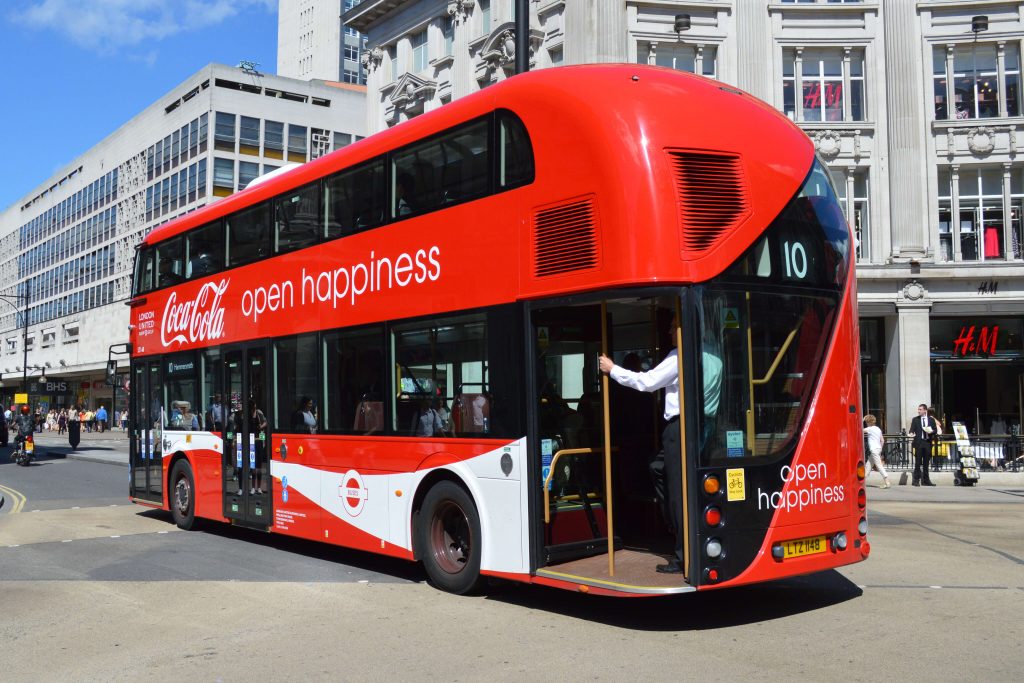
London benefits from being London. It has the oldest railway tracks in the world (now part of the trams in Croydon); it was the first underground metro in the world (1863 – Baker Street to Farringdon tunnelled largely under existing roads using “cut and cover”); it has a long and colourful history of horse-drawn, locomotive and then diesel buses: all this transport infrastructure and history shaped the city that is today. It continues to grow in population, urban density, and its offering of public transport. The city is the financial, political, cultural, historical, legal, technological, arguably educational (and the list goes on) capital of the country. I speak as a proud Yorkshireman who has lived and worked in London: it is not everything the UK has to offer. But until the UK can genuinely mimic the success of the USA’s secondary and tertiary cities, London will continue to vacuum foreign direct investment, talent and therefore the country’s short-term governmental attention. This means unless the government can offer more than rhetorical “levelling up”, London will maintain a perpetual cycle of positive infrastructure investment which makes it an unfair comparison against other cities.
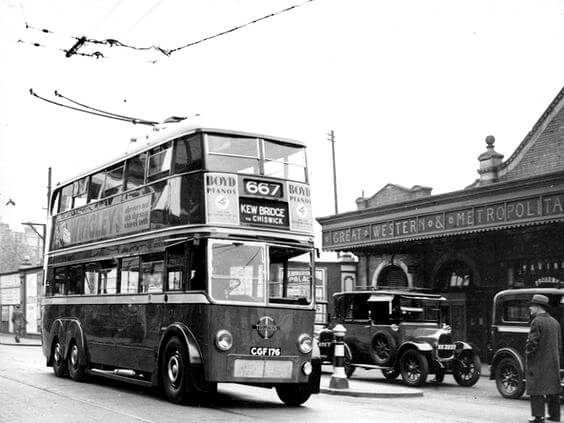
“London Transport Trolley bus No176” by Alan Farrow is marked with CC PDM 1.0
Whilst London has grown, its road space has remained almost completely static. It has in fact, diminished with cycle-superhighways, bus priority lanes, more space for walking and flashy residential developments. But even assuming these away, the fact is that with a growing population, more people are fighting for the same space on the road, which means the road space management would become more constrained unless efficiency measures are undertaken. Again, London being a pioneer in urban transport policy, it was the first city in the world to introduce the congestion charge, and recently, an Ultra-Low Emission Zone, owing to its truly integrated transport authority. This is a political decision to give buses the pride of place on roads. Further, it is a decision to disincentivise private transport on limited road space at peak times, giving it more room to run effectively. This bold political will is what I call upon across the rest of the country: something that can be pushed through central government and enacted by local authorities. We do not need to be asphyxiated on publicly run buses to enact this vision, as demonstrated in London. As I described earlier, London has unique advantages, so it will continue to grow, much likely faster than other areas of the UK. This growth, coupled with bold interventions, will self-perpetuate an obvious choice of public over private transport: a choice which is far less obvious and has far higher economical costs (not just financial) in other conurbations of the UK, where the majority of private bus operators run their buses at their own profit-loss risk.
Private operators plan their routes, frequencies and fares in a careful process that evaluates total costs vs total benefits. They must serve the needs of their city to remain in business, so the idea that they exist to solely exploit citizens with extortionate fares to feed the shareholders is for the birds. Yes, in theory, a private operator has a greater incentive to keep profiteering routes over loss-making ones. But theory is disconnected from practical reality here. It is a complete fallacy that all privately operated bus companies exclusively run routes that are always profiteering. Private operators have a huge stake in the territory within which they operate. The bulk of their patronage comes from loyal customers such as commuters, school passengers and elderly concessionary fares. The latter two make up a large portion of operator revenue, which is counted as “public money” that often misconstrues the impression of private operator revenue being made up of 42% taxpayer bailout or subsidy. But as I argue in this point, the operator earns this revenue by creating and maintaining a bus operation that maps travel demands to travel supply to the best of its ability, all the while managing depots in fixed locations, some old assets, funding its own CAPEX, competing with other bus companies, competing with other modes like rail, trams and private vehicles, with no control/limited influence over bus priority measures, subject to road-congestion and traffic light priority etc.
In theory, private bus companies can cut services without justifying their decisions to the public. However, it is my experience that any proposed changes must pass very high internal scrutiny first, followed by extensive engagement and communication with the public, a point I will later return to. But why would a bus company do such a thing? It is a disconnect between demand and supply. Given that bus operators do take on losses with some routes, and oftentimes in entire cities or even entire companies/divisions, the services that are cut are simply those which do not have high or sustainable ridership. This is not the fault of the private operator. Herein lies the chicken and egg debate: which came first, the decline in travel demand or the decline in public transport offering?
I can say with experience that bus operators are staffed with men and women that truly want to serve the needs of their towns and cities. That’s why private operators have localised offices with a high degree of autonomy. The routes and timetables are set by local planners, not by centralised financial teams. The depots are run by local staff managers that know their drivers well, that know their locale well, and that can respond to unplanned events and incidents using this localised intricate knowledge. Though all bus operators have some form of centralised function which call upon their divisions for better performance; this internal healthy competition only sparks more collaboration, innovation, and the size of the overall company leverages benefits I’ve spoken of earlier.
Private operators are always engaged in public discourse via PR companies, local news and media, social media, their websites and apps, their local councils/authorities and national bodies which represent the industry. This willingness to engage with the public is almost the direct opposite of what is seen in publicly run services, where consultations are printed/published online, and the responsibility lies upon the public to engage with proposed changes if indeed the public even notice/come across them. It is a passive process rather than an active one, and by construct only encourages only negative discourse. There is little incentive to say “yes I agree with the council/authority” but naturally enormous motivation to push a NIMBY agenda.
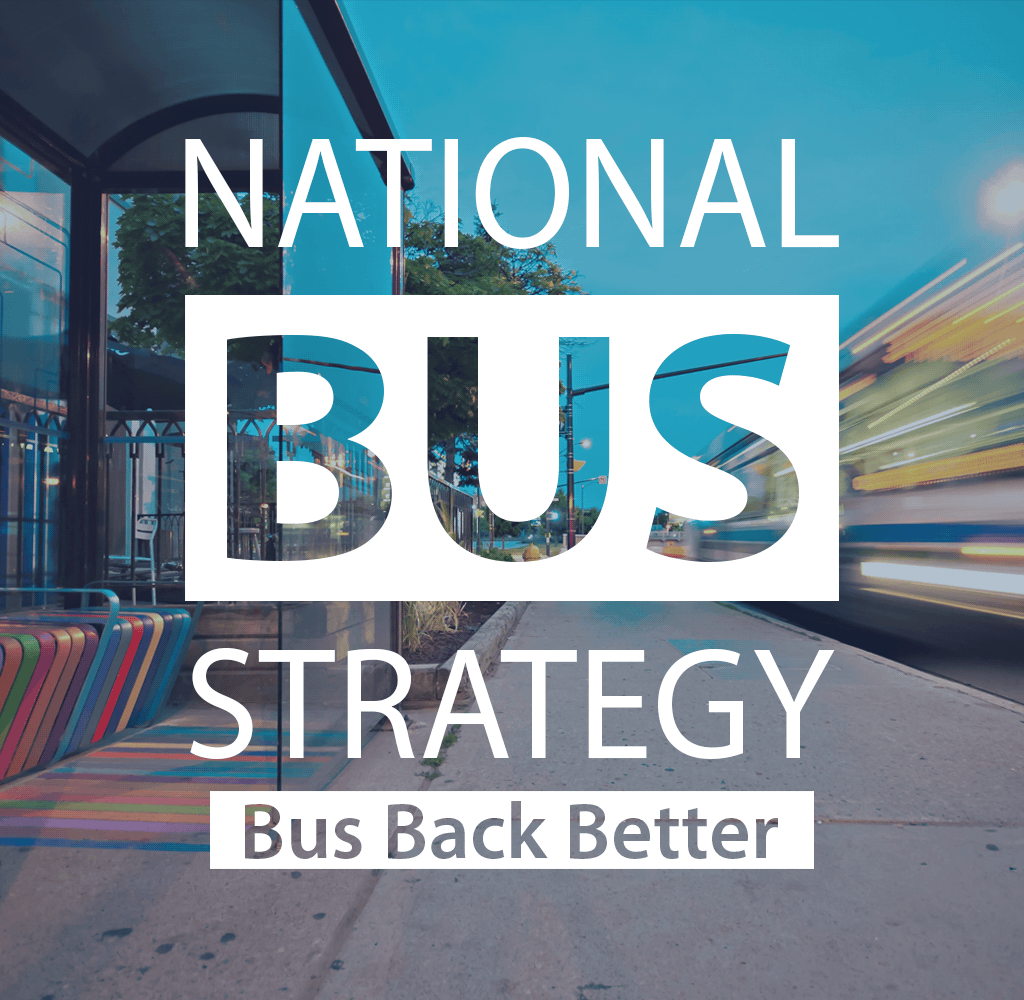
With these points, I conclude that bringing buses into complete public ownership is no silver bullet. Even a halfway-house like London-style model is fashionable to tout but ignores the reality that the laws of transport demand and supply are the products of the unique London stratosphere not applicable, nor comparable, outside the M25. The newly elected Mayors of city-regions should not follow the current government’s short-term strategy who win elections by communicating a populist agenda. This may be a winning strategy to gain power, but it comes at the cost of long-term divisiveness, disillusionment, disenfranchisement, and distrust. Three-worded slogans are not policies. Whilst the National Bus Strategy is a welcome step, the “Bus Back Better” slogan itself is not going to disincentivise private car ownership and usage. We need political will and courageous action to take on the main issues, just as we did with Covid-19. I leave you with the analogy that “Hands. Face. Space”, albeit clever and memorable, didn’t save lives: rather, it was a combination of scientific genius, government interventions (largely informed by scientists) and public will to comply, for the greater good. Whatever your views on politics and lockdowns, there is almost universal agreement that suppressing the virus whilst allowing time for vaccines to be developed, tested, manufactured, and deployed gave us our best chance to minimise the loss of life from the SARS-CoV-2 pandemic. I look forward to returning to an office and participating in lively discussions with my truly diverse colleagues at uTrack.

